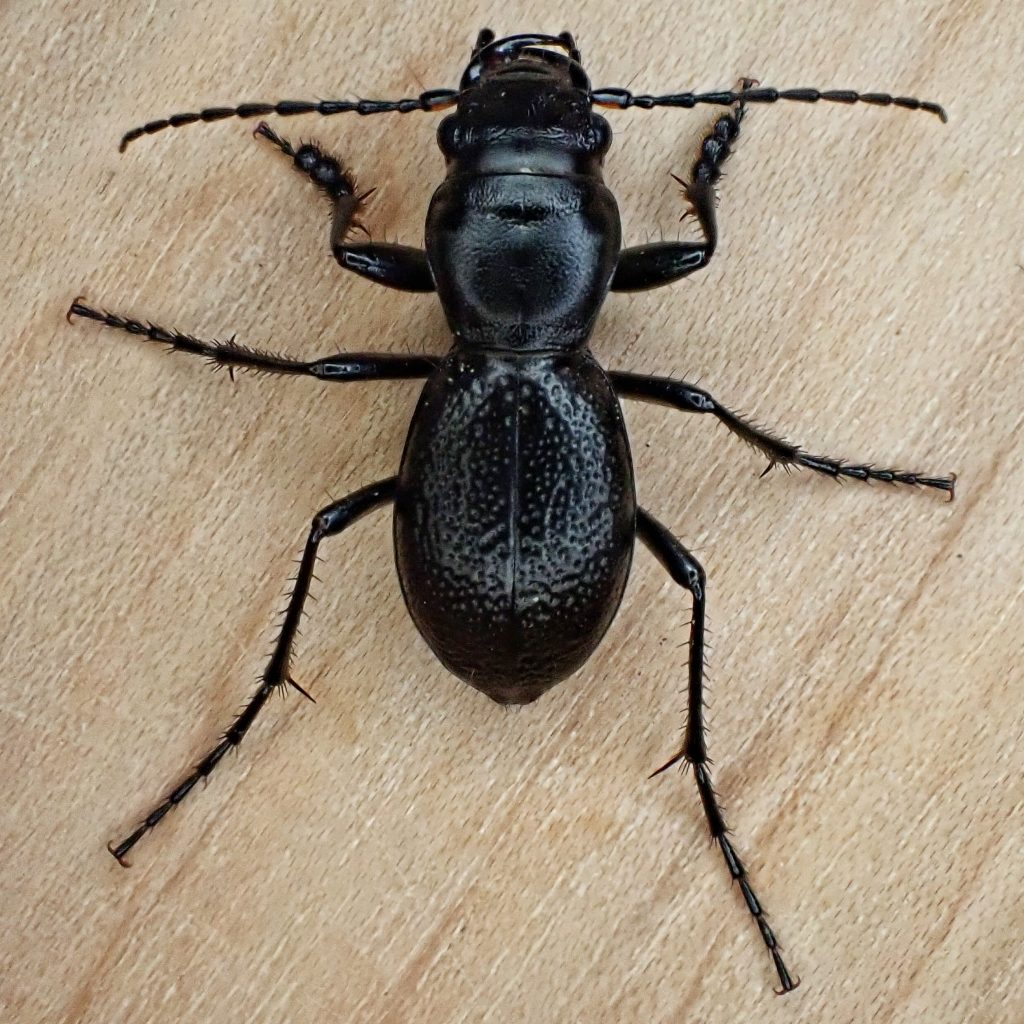
This was possibly the first time that I have seen these dull black, flightless members of the night-stalking tiger beetles, but that seems unlikely since they are apparently fairly common. But it is certainly the first time I’ve known what I was looking at, and I am deeply indebted to my friend Andy Harmsen for finding and identifying these beetles for me on our trip to Mt Tabor in Portland, Oregon. Andy said that in that area he’s also found Omus dejeanii (Greater Night-stalking Tiger Beetle), the other common Omus in our region, but we weren’t that lucky.

I’ve had a bit of a mental block about little black beetles, having deemed them beyond my capabilities for identification. But, because of these profiles, I have made a few attempts, and even had some limited success. And it was actually very straightforward to confirm Andy’s identification for myself. In fact I would venture to say that this is one of the few little black beetles that it is possible to identify from a photograph, if the photo is a good one and the location is known.
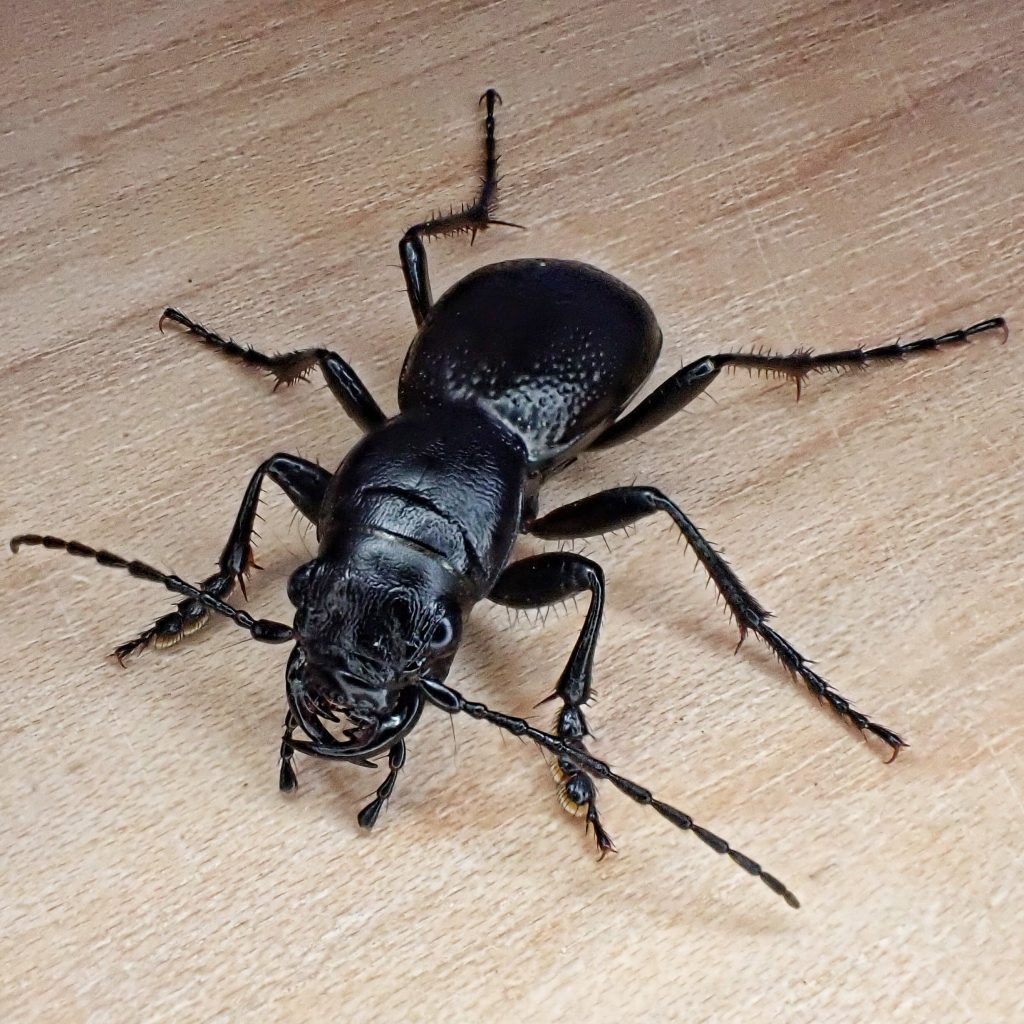
As might be guessed from something called Audouini’s Night-stalking Tiger Beetle, they are primarily nocturnal. But they can sometimes be found during daylight on cloudy days, and can often be discovered under logs and leaf litter. Members of the genus Omus (family Carabidae, subfamily Cicindelinae, although some sources consider them to belong in their own family, Cicindelidae) are the only all black, flightless, and nocturnal tiger beetles in our region, since Amblycheila spp. (giant tiger beetles) don’t reach this far north.
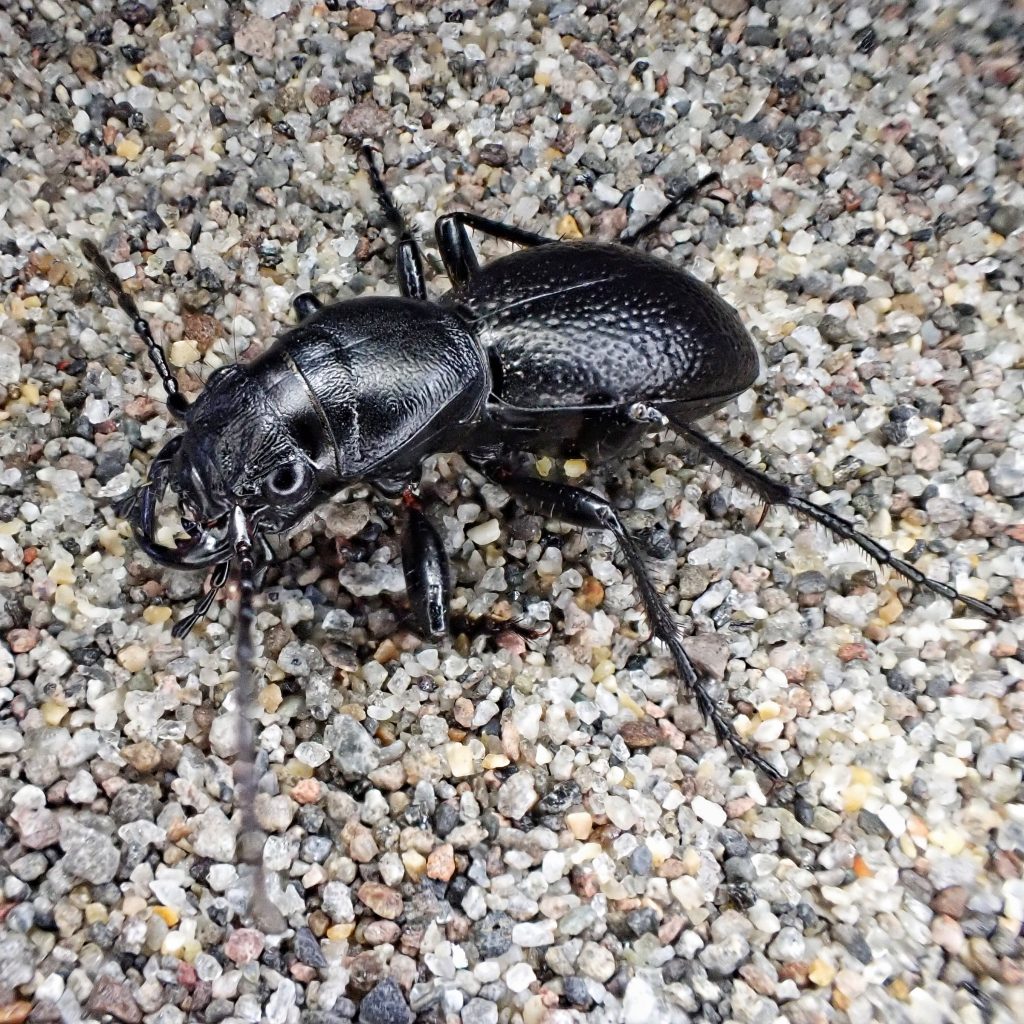
Description–Omus audouini is a medium sized (14-18mm) all black beetle, with obviously domed, granular elytra lacking depressions, and evenly rounded margins on the pronotum; front corners of the thorax distinctly curved downwards.
Similar species–Omus dejeanii is larger (18-21mm) with broad, shallow dimples in the elytra, shallowly domed elytra, and a flaring, trapezoidal pronotum; other Omus spp. are best separated by range; O. submetallicus, and O. californicus are only found in California; O. cazieri is only found in Jackson County, Oregon.
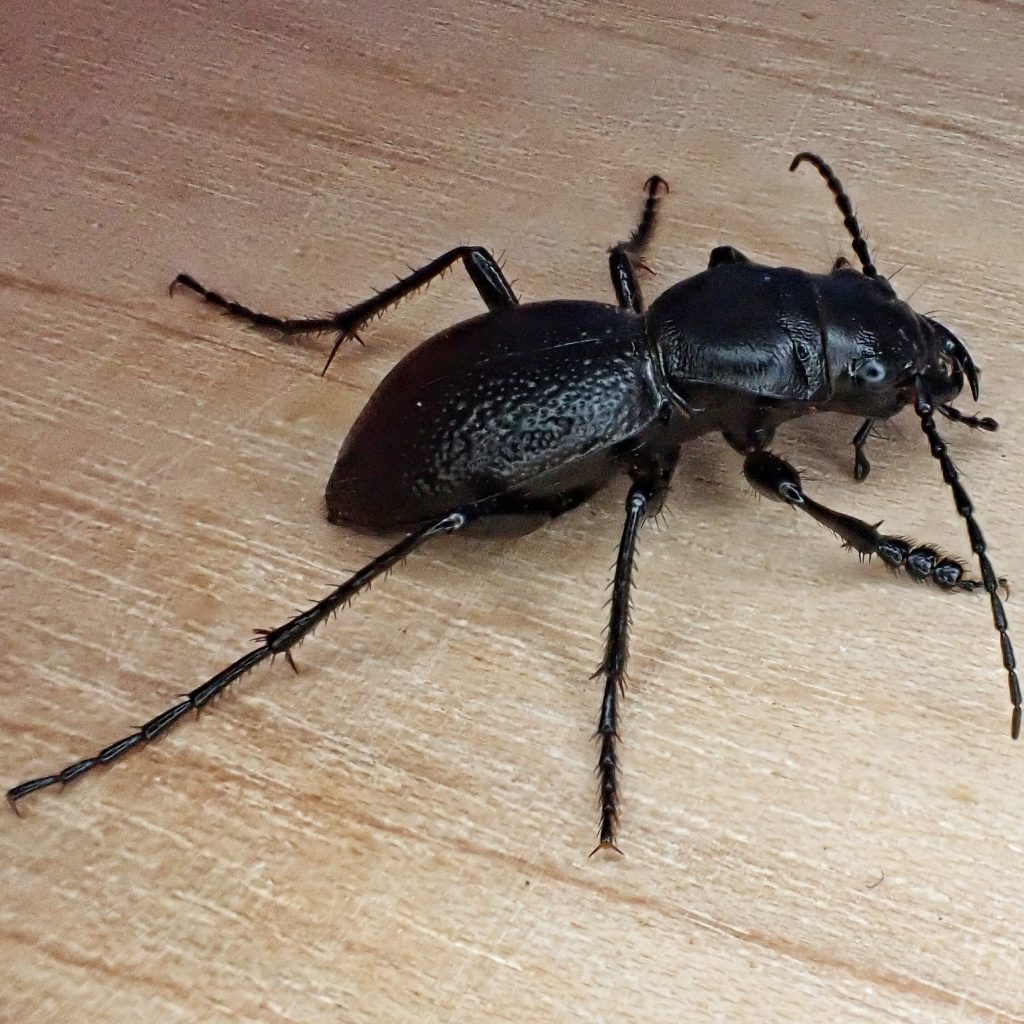
Habitat-Moist to mesic forest floors, forest openings, coastal headlands, riparian corridors.
Range-Nw North America; in our region primarily at lower elevations west of the Cascades, nw California, along the Columbia River into Benton County, and in Klamath County, Oregon.
Eats-Any invertebrate it can subdue, although they probably focus on larvae and other soft bodied, size appropriate, prey.
Eaten by-Any insectivore that can subdue them.
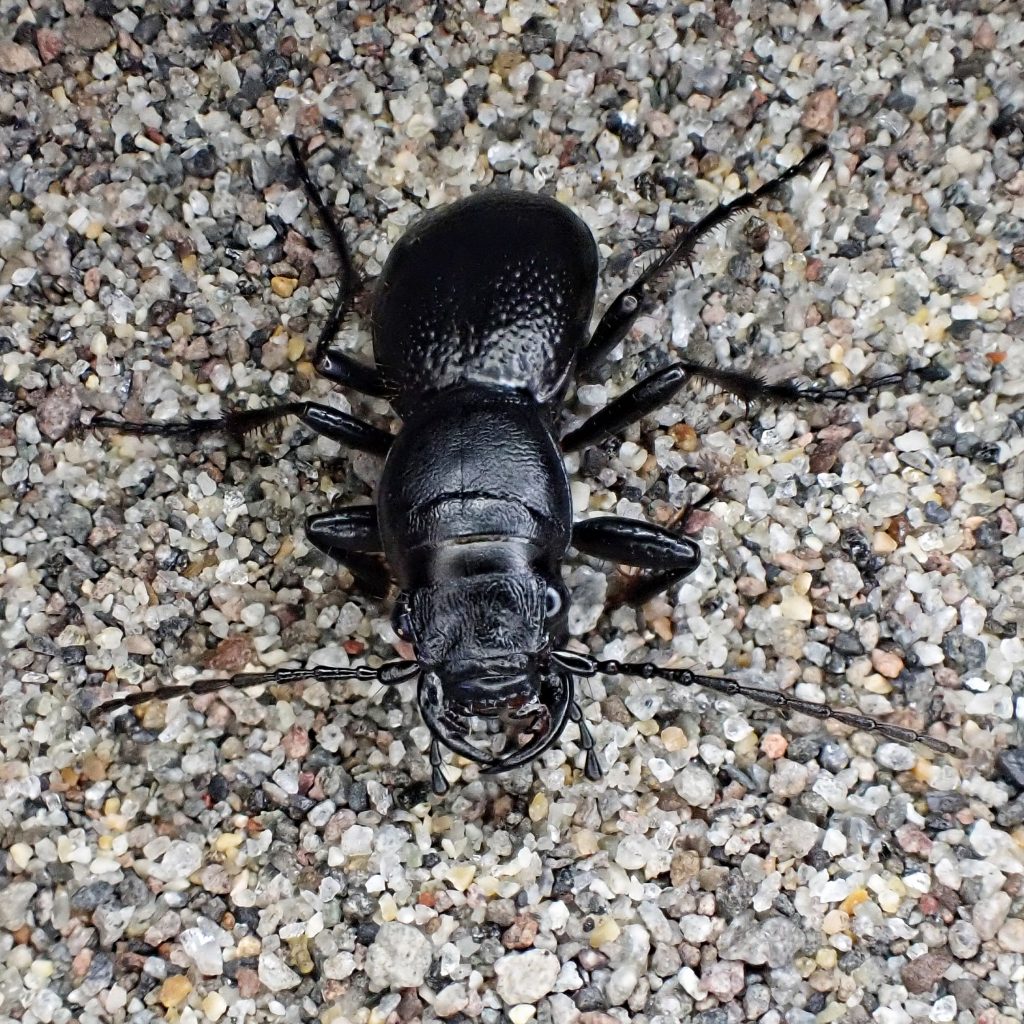
Reproduction-Eggs are laid in the soil, and hatch in 9-38 days; larvae dig burrows and hunt invertebrates that come near its entrance; after 3 moults the larvae pupate within the burrow; pupation usually lasts 18-30 days, but they may overwinter in diapause; adults live 8-10 weeks; total lifespan about 3 years.
Adults active-February to September, most common March to July
Etymology of names–Omus seems to be from a Greek word for ‘fierce,cruel’. The specific epithet audouini probably honors Jean Victor Audouin (1797-1841), a French naturalist and entomologist, although I can’t seem to prove this.
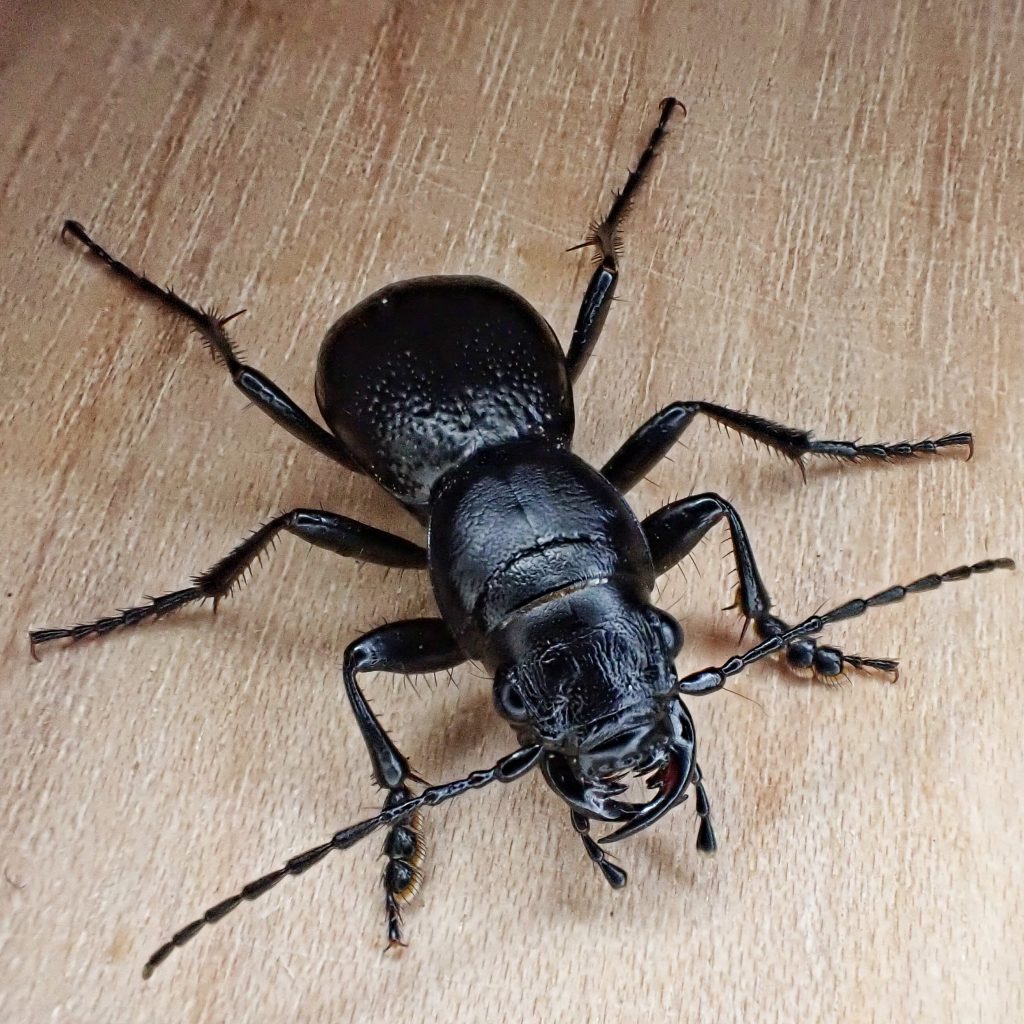
https://www.goert.ca/documents/SAR_manual/Omus_audouini.pdf
https://bugguide.net/node/view/268708
https://linnet.geog.ubc.ca/efauna/Atlas/Atlas.aspx?sciname=Omus%20audouini
https://en.m.wikipedia.org/wiki/Jean_Victor_Audouin
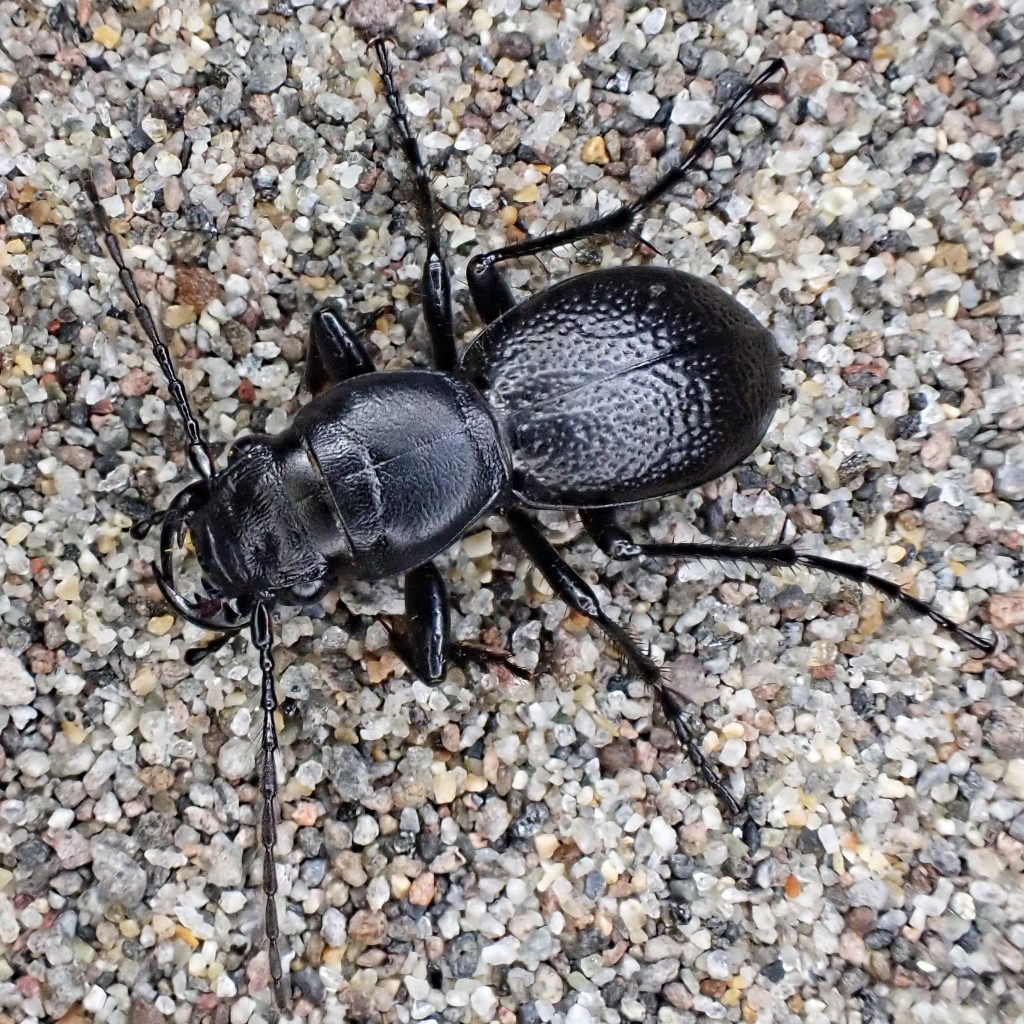
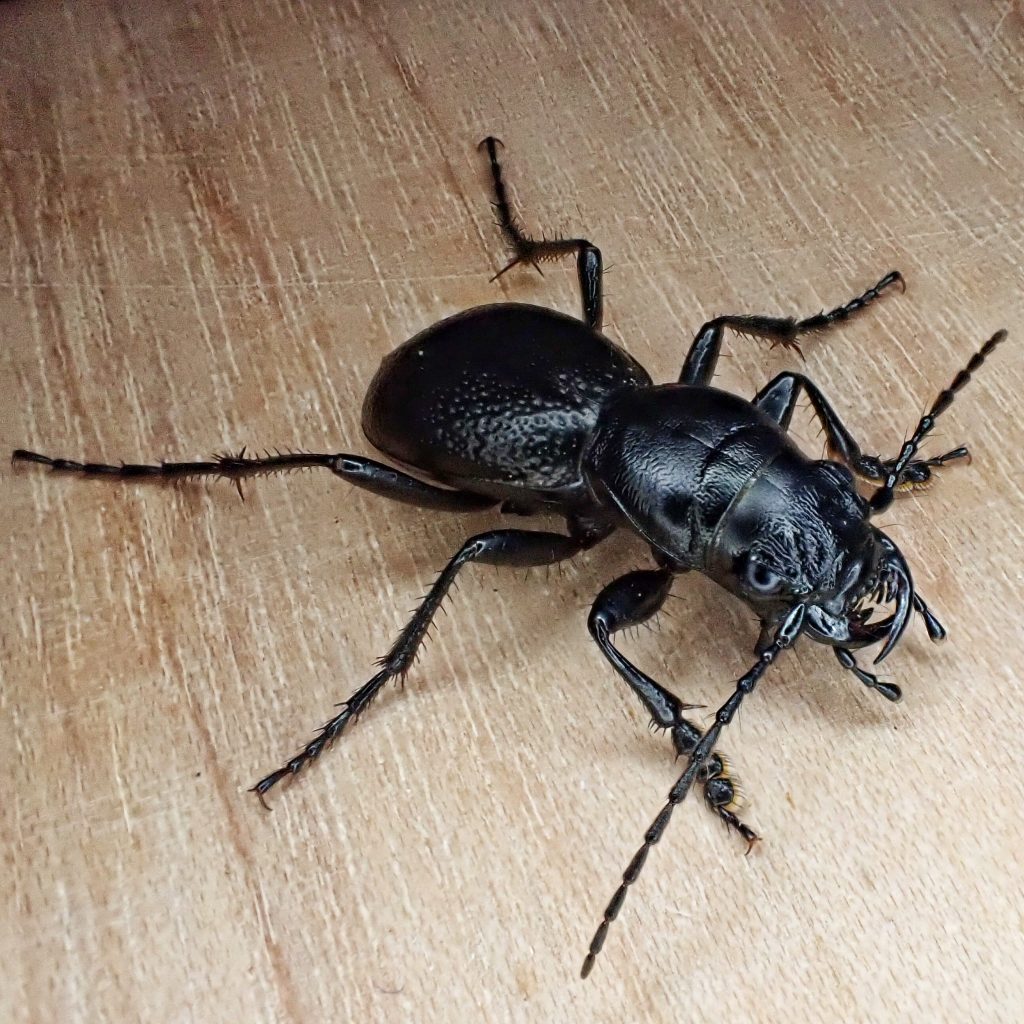
The other species you reference is Omus Dejeanii.. may want to correct the spelling on the species epithet..
Thank you. I fixed it.
Thanks for the plug!